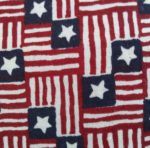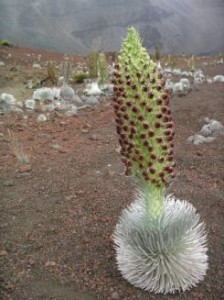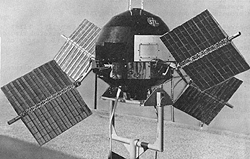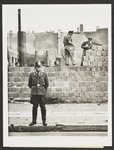Lawrencium, element 103, was produced for the first time in 1961. Scientists from Lawrence Radiation Laboratory, located in Berkeley, California, created Lawrencium by bombarding californium and boron. Lawrencium is radioactive and short-lived.
Sputnik 9, a Soviet spacecraft, ventured into space in 1961. Its passengers included a mannequin, a dog named Chernushka (Blackie), some mice, and a guinea pig. It made a single orbit before returning to earth. The mannequin was ejected prior to the landing to test an ejection seat.
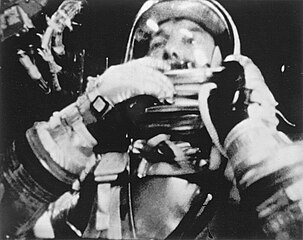
Alan Shepard aboard Freedom 7
Alan Shepard, aboard Freedom 7, became the first American and the second man to travel in space. The year was 1961. The astronaut traveled about 115 miles into space at 5,000 miles per hour. Children can learn more at: Alan Shepard.
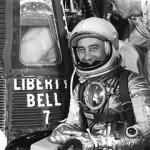
Gus Grissom
Virgil “Gus” Grissom became the second American to travel into space in 1961. Aboard Liberty Bell 7, he reached an altitude of 118 miles and flew about 300 miles away from Cape Canaveral. Children could read about his life at: Grissom.
Haleakala National Park was created in 1961. Carved from the Hawaii Volcanoes National Park on Maui, this park encompasses the vast, extinct volcano crater Haleakala and the Kipahula wilderness area. The word Haleakala means the house of the sun in Hawaiian. The park, around 33,265 acres, hosts over a million visitors a year. Children can visit the park’s website at: http://www.nps.gov/hale.
Explorer VI was launched in 1959 and transmitted the first photographs of earth taken from space. The satellite also transmitted data about different types of energy. The satellite went into decay on July 1, 1961. Older children could learn more at: Explorer VI.
Museum of Modern Art, in New York City, hung Matisse’s Le Bateau upside down in 1961. The mistake was not discovered until December 3, 1961.
Enos in 1961 became the first US chimpanzee to survive orbital flight. He was part of Mercury Atlas 5, which orbited twice around the world before it splashed into the ocean near Puerto Rico. The flight was a precursor to one where John Glenn orbited the earth. Children can read about animals in the space program at: Space Animals.
